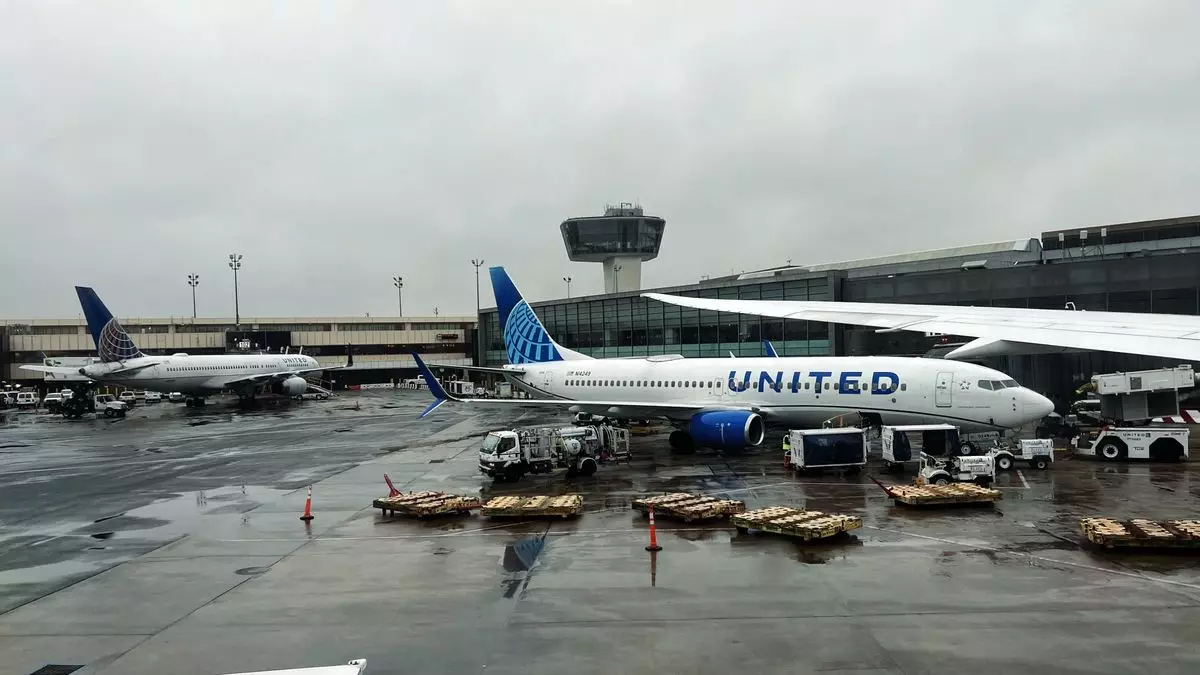The travel behemoth New Jersey’s Newark Liberty International Airport faced a meltdown recently, inviting intense scrutiny from government officials and passengers alike. Although minor hiccups in flight schedules are commonplace across air travel, the scale and persistence of these disruptions have raised eyebrows. Democratic Senate Minority Leader Chuck Schumer’s call for an investigation paints a vivid picture of a systemic breakdown. A cocktail of factors—including an alarming air traffic controller shortage and severe weather—has transformed Newark into a chaotic hub. While such operational mess-ups are often seen as temporary inconveniences, the underlying issues here seem more profound.
Underlining the Controller Crisis
The Federal Aviation Administration (FAA) has come under fire for its apparent inability to manage air traffic efficiently. The situation reached a boiling point as controllers from the Philadelphia area—who are pivotal in managing Newark’s airspace—took leave, citing exhaustion from “recent outages.” This intense stress highlights a critical concern in an already strained air transportation system: the mental and physical wellbeing of air traffic controllers is paramount. Their significant role in maintaining safety and efficiency cannot be understated. The FAA’s acknowledgement of the issue and the subsequent delay in training new controllers expose the fundamental flaws within this vital institution.
Technology and Infrastructure: The Silent Enemies
Adding another layer of complexity is outdated technology. United Airlines CEO Scott Kirby voiced strong concerns over the antiquated systems overseeing Newark’s flight operations, which malfunctioned multiple times over a short span. Such failures not only accumulate delays but also endanger public safety, as reliance on unreliable technology becomes the norm rather than the exception. The airline’s decision to cut 35 daily flights serves as a desperate yet prudent measure in the face of operational uncertainty. The juxtaposition of cutting flights while increasing consumer hesitation amidst economic uncertainties leads to a precarious situation for the airline industry.
Government Response: Shuffling the Deck Chairs
In the shadow of these emerging issues, efforts from government officials appear reactive rather than proactive. While New Jersey Governor Phil Murphy’s appeal for more support from the Transportation Secretary is commendable, it feels more like a Band-Aid than a solution tailored for structural change. An inspector general’s investigation may shed some light on the chaos; however, genuine improvement will require a comprehensive reevaluation of air traffic control policies, staffing, and technological modernizations. Merely attempting to recruit more air traffic controllers doesn’t address the root causes that have led to this predicament.
The Economic Ripple Effects
The ramifications of Newark’s operational failures extend far beyond individual travelers’ frustration. United Airlines’ caution in forecasting financial performance highlights a broader anxiety affecting the airline industry. Consumer confidence appears shaky, as passengers reconsider flying amidst economic uncertainties fueled by shifting trade policies under the Trump administration. This hesitance could stifle growth in an already volatile sector. The aviation market, influenced by fluctuating demands tied to external factors, must grapple with internal inefficiencies resulting from inadequate infrastructure and workforce management.
Looking Ahead: The Challenges Remain
As Newark Liberty struggles under the weight of systemic inefficiencies, the future remains uncertain for all stakeholders involved—from the airlines to the passengers. The calls for reform carry with them hefty implications, not just for Newark but for the national air traffic control system as a whole. Implementing significant reforms demands not only brave political will but also substantial investment in technology, training, and wellness programs for air traffic controllers. Until these challenges are met head-on, the chaos at Newark could be seen not just as an isolated incident but as a portent of more significant issues simmering within the aviation sector as a whole.


Leave a Reply